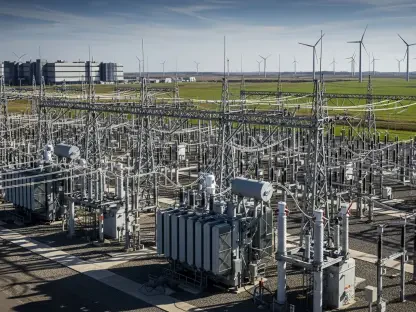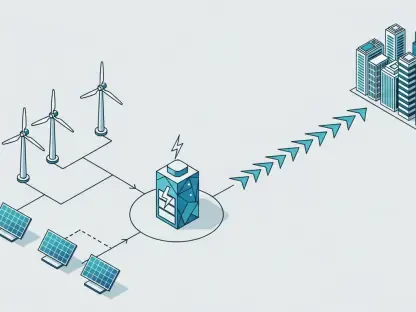Integrating forest bioenergy into Ontario’s energy portfolio is essential to diversify and decarbonize the province’s energy mix, yet its potential remains largely untapped, contributing a mere 0.3 percent to the province’s electricity. The limited use contrasts sharply with its promise to significantly boost green energy production, reduce carbon emissions, and bolster local economies.
Historical and Current Use of Wood Biomass
Wood has always been a vital resource, used in construction, heating, and various other applications. In Ontario’s forest sector, biomass is currently used to power operations and produce electricity. However, its contribution to the provincial grid is minimal. This raises questions about why such a versatile and renewable resource remains underutilized in the broader energy framework.
Increasing Electricity Demand
Ontario’s electricity demand is poised to surge by 75 percent by 2050, driven by the rise of electric vehicles, public transit electrification, and other factors. Preparing for this demand spike entails a large-scale energy procurement effort. This scenario presents a golden opportunity for forest bioenergy to step up as a robust and sustainable energy source, able to meet growing energy needs while minimizing environmental impact.
Current Energy Mix
Nuclear energy currently dominates Ontario’s electricity landscape, accounting for 53 percent of production. Hydroelectric power, gas/oil, wind, and solar follow in succession. Notably, Ontario lags behind places like Georgia, Maine, Sweden, Germany, and Finland, where biomass plays a more substantial role in the energy mix. This disparity indicates a significant, untapped potential for forest bioenergy in Ontario.
Potential of Forest Biomass
Ontario stands to benefit considerably from setting long-term targets for forest biomass generation, bringing it in line with competitive jurisdictions and attracting crucial investment. Various biomass products—including biochar, syngas, renewable natural gas, green hydrogen, biocrude, biodiesel, and sustainable aviation fuels—could replace high-emission fuels used in heavy industry, heating, and transportation. Such an initiative would not only advance environmental goals but also stimulate economic growth.
Heating as a Major Energy Need
Heating constitutes a substantial 27 percent of Ontario’s energy demand. Implementing combined heat and power systems, as well as district energy systems like those in Finland and Sweden, could provide effective solutions. These systems would utilize forest bioenergy, thus contributing to both energy efficiencies and emissions reductions. The transition to bioenergy for heating could significantly alleviate the burden on the provincial energy grid.
Environmental and Economic Benefits
Incorporating forest bioenergy into Ontario’s energy framework is crucial for diversifying and decarbonizing the province’s energy sources. Despite its considerable potential, forest bioenergy is still underutilized, accounting for a mere 0.3 percent of Ontario’s electricity production. This limited adoption stands in stark contrast to the significant benefits it offers, including a substantial boost to green energy output, effective reduction of carbon emissions, and tangible support for local economies. Harnessing forest bioenergy could transform Ontario’s energy landscape, making it a frontrunner in green energy solutions and reducing reliance on non-renewable resources. Furthermore, increased use of forest bioenergy can create jobs in rural areas, stimulate sustainable forestry practices, and enhance overall energy security. The provincial government and stakeholders must prioritize investment and policy support to unleash the full potential of this renewable energy source. In doing so, Ontario can achieve its environmental goals while fostering economic growth, ultimately positioning itself as a leader in sustainable energy practices.









